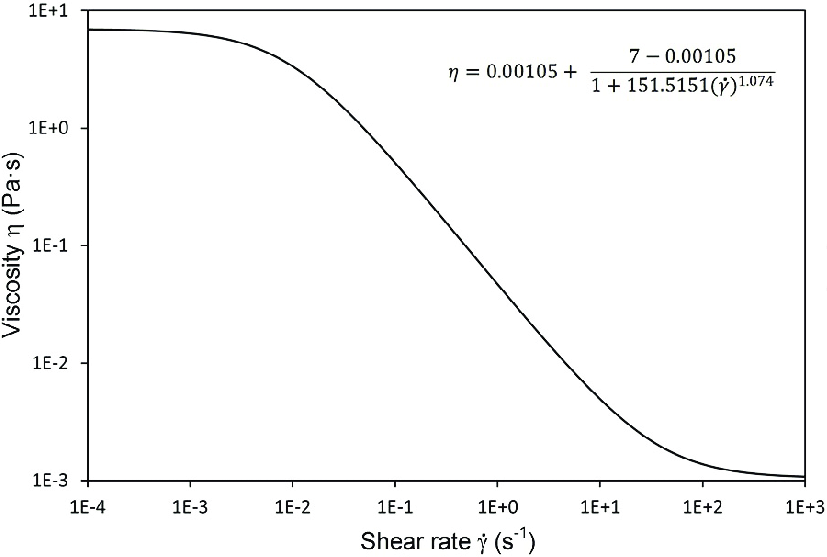Prime Scientific - New Dimensions in Viscometry
For more than five decades, the rotational viscometry market was encompassed by Brookfield Engineering. However, tides are changing quickly
·
3 min read

Recently Anton Paar GmbH has launched its newest viscometer in the
market. And that is, the ViscoQC™ 100. We were all happy about this new
innovation. In fact, it was an addition we were campaigning for for the
last 5 years or so. And gladly, Anton Paar has responded with this new
innovative product that has very high ambitions. It aims to disrupt the
market completelely
But what are its features?
ViscoQC™
100 automatically detects spindles and guards (Toolmaster™, TruGuard),
eliminating the possibility of errors which occur when manually choosing
the spindle. To make the setup even more convenient, the spindles have a
magnetic coupling which allows quick one-hand mounting/ dismounting and
protects the spindles against bending. The viscometer checks its proper
alignment using an intuitive integrated digital leveling function at
startup, before and during measurements, so you can always be sure that
the instrument is leveled, without needing to check it manually. The
result: Excellent reproducibility of your measurements.
Those are quite differences from the standard B-Type viscometer we were used to in the market.
Moving
on to application, there are many different applications for this
instrument. However, bear in mind that this instrument does not aim to
create a flow curve diagram, but it measures the viscosity at a specific
point in the flow curve.

As
you can see from the above diagram, this is a typical flow curve
generated from plotting the viscosity at different shear rates. It is
apparent from this flow curve that the type of material is dilatant, in
that its viscosity decreases with increase in shear rate.
The
shear rate is correlated to the speed of the measuring system used. In
case of the rotational viscometer, the speed remains constant during the
measurement. Each measurement ends with one viscosity reading
corresponding to one speed, in other words, a specific shear rate.
But how is this useful?
In
applications of quality control where the experimenter is interested in
only one value, the rheometer type viscotesters which can plot flow
curves become quite expensive, especially owing the cost of the high-end
instrument and its accessories and data evaluation software.
For
simple applications such as quality control of gums for example, the
exact value on a set speed is usually required to determine the quality
of the gum used.
For that type of test, the
sample is simply filled onto a 600 ml beaker up to the mark and is
presented to the viscometer. A specific speed is set usually ranging
from 100 to 150 rpm and the values noted.
It
should be noted that the best speed to get an accurate vaue is the speed
at which maximum torque % is reached. If the value is between 80% to
100%, according to the norms, it should be sufficient to give a
confident value of the viscosity.
According to
standard procedures of gums measurements, it has been found that the
above mentioned speed range is the speed that obtains the most
acceptable viscosity readings.
In summary, it
can be said that the viscosity of different material can be tested at a
single shear rate point using a rotational viscometer. The
ViscoQC™
100 is not only able to acheive that, but it gives that extra mile of
easing the operation of the experimenter, and aiding in reproducing the
best results again and again.
For more information on the ViscoQC™ 100, click on here to read more about the product.
There is an interesting application note also available here, for more complex applications according to the DIN standards that can be achieved by the ViscoQC™ 100
Prime Scientific
Prime Scientific provides equipment, instruments and other related products and materials. We aim to be a one stop shop for all our customers laboratory needs. Since 2001, Prime has strived to provide the best services and solutions to the scientific community in the region.